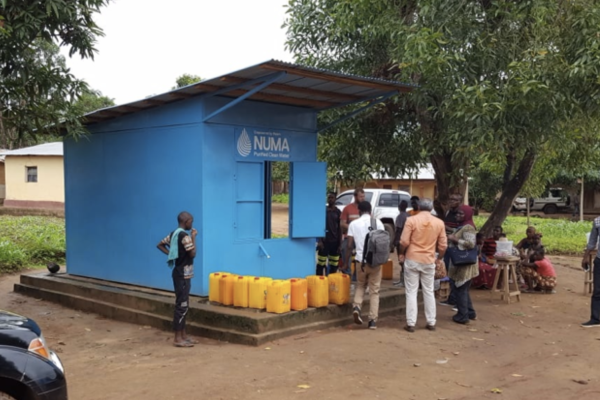The Household Air Pollution Intervention Network (HAPIN) Trial is led by Emory University with a consortium of university, research and implementing partners, with funding from the National Institutes of Health and the Gates Foundation.
The overall aims of the HAPIN study are (1) using an intent-to-treat analysis, determine the effect of a randomized LPG stove and fuel intervention on health in four diverse LMIC populations using a common protocol; (2) determine the exposure-response relationships for HAP and health outcomes; and (3) determine relationships between LPG intervention and both targeted and exploratory biomarkers of exposure/health effects.
One key research aim of the HAPIN trial is to address stove use behavior: “Most stove intervention studies have failed to adequately investigate and address behaviors associated with concurrent use of polluting stoves (a practice known as “stacking”). The proposed efficacy study will integrate behavior change theory necessary to ensure consistent and sustained use of cleaner stoves, monitor stove use throughout the intervention, and intervene when appropriate to ensure compliance.”
Exclusive use of LPG stoves can lead to household air pollution reductions of 90% compared to open fires or traditional stoves. However, several previous studies have shown that households often continue to use their traditional stoves in tandem with clean-burning stoves, a behavior that significantly reduces the potentially realized improvements in health that would result from exclusive use of clean cooking technology. Consequently, there is clear justification for developing more effective approaches to encourage exclusive use of clean cooking.
Within the Mortenson Center, we are conducting an ancillary study supported by the UK AID and Unilever TRANSFORM opporutunity. We are working within a subsample of the intervention primary cooks in the Rwanda trial arm. Our ancillary study will contribute to this research aim through assessing assess whether dynamic sensors that provide feedback to users on household air pollution levels increase adoption of clean cooking behavior and discourage traditional stove use among primary cooks that have each been provided a liquefied petroleum gas (LPG) stove.
The sensors being used in this study have been designed to provide immediate auditory and visual feedback to households when cooking area PM2.5 levels exceed pre-specified levels. The design process occurred after focus groups with Rwandan households.
We will test the effect of our dynamic behavior change sensors on household cooking behavior using a quasi-experimental pretest-posttest design. Participating primary cooks will be selected from the intervention arm of the HAPIN trial in Rwanda. Our dynamic sensors will be installed in the LPG stoves provided to 100 participants in the HAPIN trial. These sensors will continuously monitor inhalable particulate air pollution (PM2.5) in the cooking area. PM2.5 data will be used to identify the frequency and duration of traditional stove use. In order to ensure that the PM2.5 monitor is able to identify traditional stove use, households will be screened for inclusion and only households which have the LPG stove located in the cooking area which contains their traditional stove will be enrolled.














